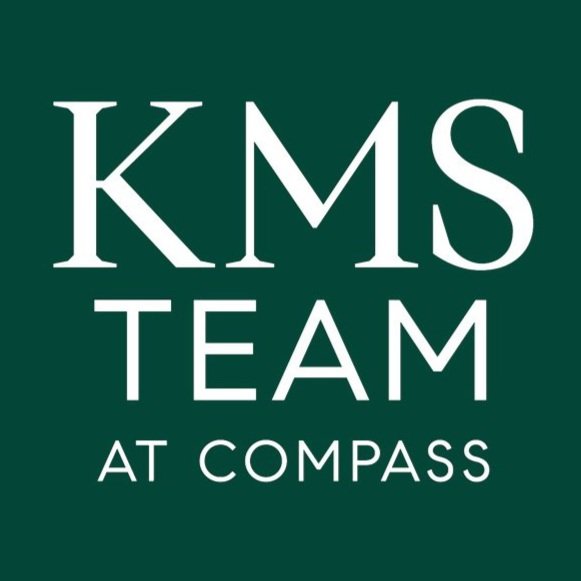It’s July — time for Fairfield County residents to think about swimming, sailing, golf and tennis. And mill rates.
Most municipalities mail tax bills this month. They’re a reminder of the costs & obligations of home ownership, and of the many amenities we get for our dollars. One mill equals a dollar of tax for every $1,000 of assessed property value. “Mill rate” is another way to say “property tax rate.” By state law, property is reevaluated every five years.
Towns that underwent a reevaluation over the past couple of years saw a dramatic rise in assessments, resulting in a decreased in mill rate. Other towns are still using pre-COVID evaluations. (See data below or click here for pdf). But rising inflation has hit everyone. The cost of goods and services has risen; so have obligations like employee contracts, benefits and inflation. ARPA funds helped many towns control their budgets over the past couple of years, but those are ending. To keep mill rate increases to a minimum – or retain mill rates at the previous year levels – some area towns took money this year from budget surpluses.
The Fairfield County municipality with the lowest mill rate – by far – is Greenwich. Its 11.393 (11.638 for homeowners with sewers) leads Darien (17.61), Westport (18.35) and New Canaan (18.94). Those towns are helped by a healthy mix of residential and commercial space.
Others like Easton (28.96) and Weston (33.06), which are almost entirely residential, often have higher mill rates. Cities like Norwalk (23.925 to 30.467) and Bridgeport (43.45) tend to have higher mill rates than towns. Throughout Connecticut, the municipalities with the lowest mill rate is Salisbury (11). Hartford (68.95) has the highest.
Mill rates are one way for potential buyers to determine how well a town is run. Do they rise every year, or stay relatively stable? Is a big jump indicative of large capital expenses, like new schools, or of costs that should have been foreseen but were not?
Mill rates are just one metric that potential homeowners examine. Others include the cost of a home, and any necessary renovations; mortgage; the size of a property, and more. And of course: What do those taxes pay for, in terms of education, recreation, and other amenities?
That’s a quick look at mill rates. Now back to your summer fun.


